How Does Rangefinder Work ?
A rangefinder is a device used to measure the distance between the observer and a target. It typically works by emitting a laser beam or sound wave towards the target and measuring the time it takes for the beam or wave to bounce back. By knowing the speed of the beam or wave, the rangefinder can calculate the distance based on the time it takes for the signal to return. Some rangefinders also use other methods such as triangulation or phase shift to determine distance. The accuracy of a rangefinder depends on various factors such as the quality of the sensor, the wavelength of the signal, and the reflectivity of the target surface. Rangefinders are commonly used in various fields including surveying, hunting, golfing, and military applications.
1、 Optical Rangefinder: Principles and Applications in Distance Measurement
A rangefinder is a device used to measure the distance between the observer and a target. The optical rangefinder is one of the most commonly used types and operates based on the principles of triangulation.
The basic working principle of an optical rangefinder involves the use of two optical systems, typically lenses or prisms, which are separated by a known distance. When the observer looks through the rangefinder, they see two images of the target, one through each optical system. By adjusting the focus of the rangefinder, the observer can superimpose these two images, aligning them perfectly.
The known distance between the two optical systems allows the observer to calculate the distance to the target. This is done by measuring the angle between the two optical systems when the images are aligned. Using trigonometry, the distance can be determined based on the known separation and the measured angle.
In recent years, there have been advancements in optical rangefinder technology. Laser rangefinders, for example, use a laser beam instead of optical systems to measure distances. These devices emit a laser pulse towards the target and measure the time it takes for the pulse to bounce back. By knowing the speed of light, the device can calculate the distance based on the time of flight of the laser pulse.
Furthermore, some modern rangefinders incorporate digital technology and can provide additional features such as angle compensation, which takes into account the angle between the observer and the target to provide more accurate distance measurements.
Overall, optical rangefinders work based on the principles of triangulation, using the alignment of two optical systems or laser pulses to calculate the distance to a target. The latest advancements in technology have made rangefinders more accurate and versatile, allowing for various applications in distance measurement.
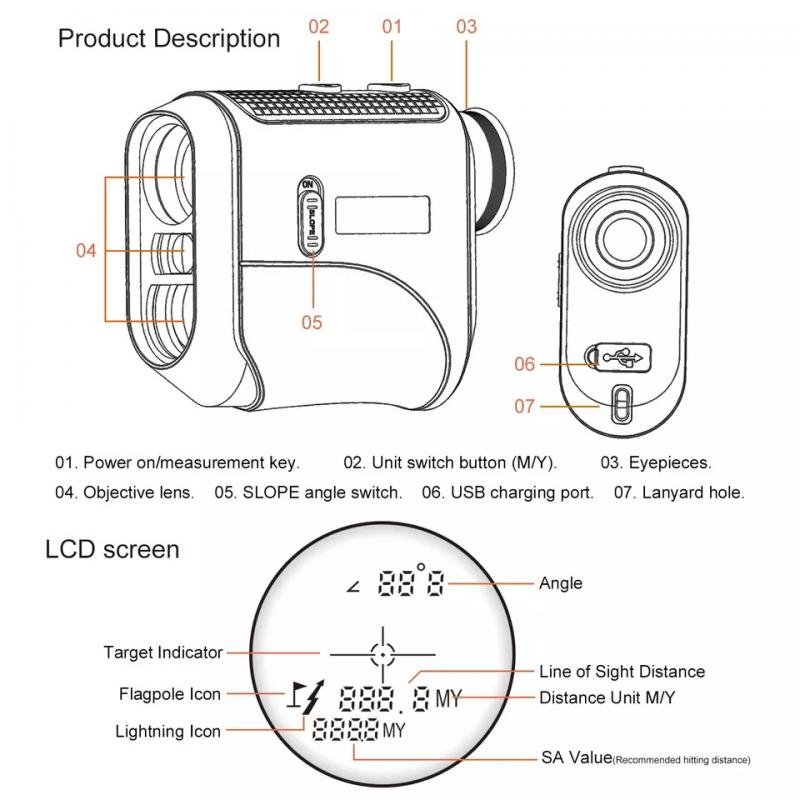
2、 Laser Rangefinder: Working Mechanism and Modern Applications
A rangefinder is a device used to measure the distance between the observer and a target. One type of rangefinder that has gained popularity in recent years is the laser rangefinder. This device uses a laser beam to determine the distance to the target.
The working mechanism of a laser rangefinder involves emitting a laser beam towards the target and measuring the time it takes for the beam to bounce back to the device. The rangefinder calculates the distance by multiplying the speed of light by the time it takes for the laser beam to return. This calculation provides an accurate measurement of the distance between the observer and the target.
Modern laser rangefinders have advanced features that enhance their accuracy and functionality. Some models incorporate digital signal processing algorithms to filter out noise and improve the accuracy of distance measurements. Additionally, many laser rangefinders now have built-in inclinometers that can measure the angle between the observer and the target. This feature allows the device to calculate the true horizontal distance, taking into account the elevation difference between the observer and the target.
Laser rangefinders have a wide range of applications in various fields. They are commonly used in hunting and golfing to accurately measure distances to targets. They are also used in surveying and construction to measure distances between objects and to calculate areas and volumes. In military applications, laser rangefinders are used for target acquisition and artillery fire control.
In conclusion, laser rangefinders work by emitting a laser beam towards a target and measuring the time it takes for the beam to return. They have become increasingly advanced, incorporating features such as digital signal processing and inclinometers to enhance accuracy. Laser rangefinders have a wide range of applications and continue to be an essential tool in various industries.
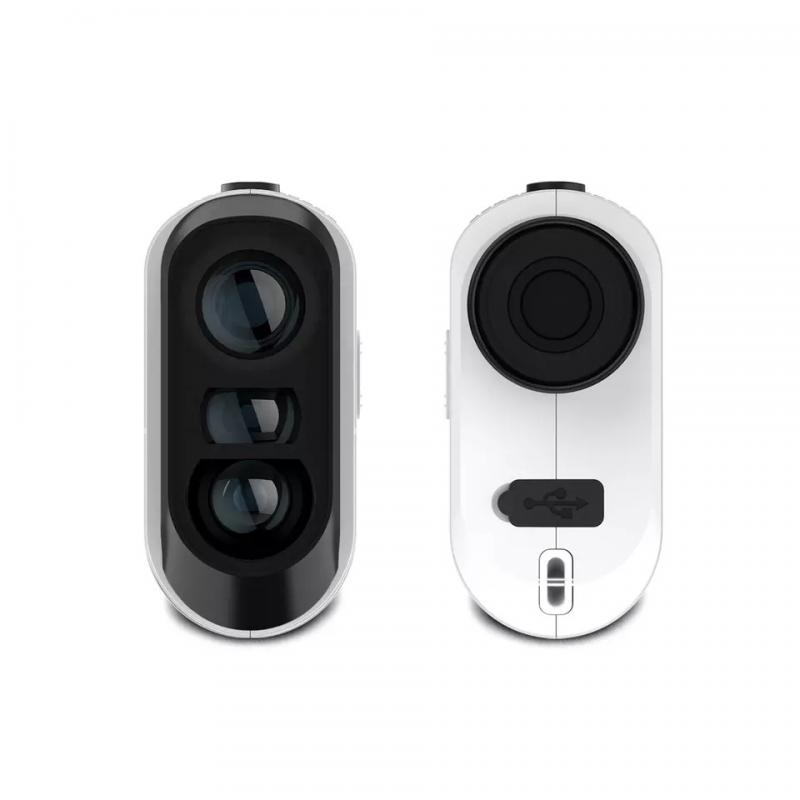
3、 Ultrasonic Rangefinder: Technology and Distance Measurement Techniques
A rangefinder is a device used to measure the distance between the observer and a target. One type of rangefinder is the ultrasonic rangefinder, which utilizes ultrasonic waves to determine the distance.
Ultrasonic rangefinders work by emitting high-frequency sound waves towards the target and measuring the time it takes for the waves to bounce back. The device consists of a transmitter that emits the ultrasonic waves and a receiver that detects the waves after they have reflected off the target. By knowing the speed of sound in the medium through which the waves are traveling, the rangefinder can calculate the distance based on the time it takes for the waves to return.
The transmitter emits a short burst of ultrasonic waves, which travel through the air towards the target. When the waves encounter an object, they bounce back towards the receiver. The receiver detects the reflected waves and measures the time it takes for them to return. This time measurement is then used to calculate the distance using the formula: distance = speed of sound × time / 2.
Ultrasonic rangefinders are commonly used in various applications, such as robotics, distance measurement in industrial settings, and even in some cameras for autofocus purposes. They are relatively inexpensive and provide accurate distance measurements within a certain range.
In recent years, there have been advancements in ultrasonic rangefinder technology. For example, some rangefinders now incorporate multiple transmitters and receivers to improve accuracy and reduce errors caused by obstacles or interference. Additionally, there have been developments in signal processing algorithms to enhance the performance of ultrasonic rangefinders in challenging environments.
Overall, ultrasonic rangefinders are a reliable and widely used technology for distance measurement. With ongoing advancements, they continue to play a significant role in various industries and applications.
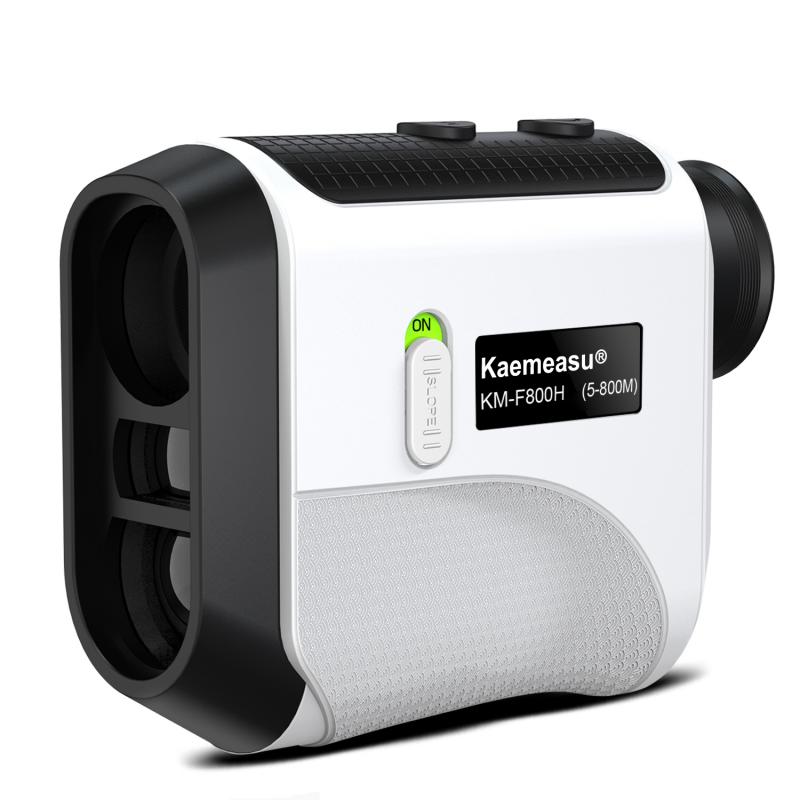
4、 Time-of-Flight Rangefinder: Principles and Advancements in Range Finding
A rangefinder is a device used to measure the distance between the observer and a target. One type of rangefinder is the Time-of-Flight (TOF) rangefinder, which operates based on the principle of measuring the time it takes for a light signal to travel to the target and back.
In a TOF rangefinder, a laser or LED emits a short pulse of light towards the target. The light beam reflects off the target and returns to the rangefinder. The rangefinder measures the time it takes for the light pulse to travel to the target and back, and then calculates the distance based on the speed of light.
To accurately measure the time of flight, modern TOF rangefinders use advanced techniques such as phase-shift measurement or direct time measurement. Phase-shift measurement involves comparing the phase of the emitted light pulse with the phase of the received pulse to determine the time delay. Direct time measurement involves measuring the time it takes for the light pulse to reach a certain threshold level upon reflection.
Advancements in TOF rangefinders have led to improved accuracy and range. For example, the use of higher frequency light sources, such as infrared lasers, allows for more precise measurements. Additionally, the development of faster and more sensitive detectors enables the rangefinder to capture and analyze the returning light pulse with greater accuracy.
Furthermore, the integration of TOF rangefinders with other technologies, such as cameras or depth sensors, has expanded their applications. These integrated systems can provide not only distance measurements but also 3D imaging and mapping capabilities.
In conclusion, TOF rangefinders work by measuring the time it takes for a light pulse to travel to a target and back. Advancements in technology have improved the accuracy and range of TOF rangefinders, making them valuable tools in various fields such as surveying, robotics, and augmented reality.
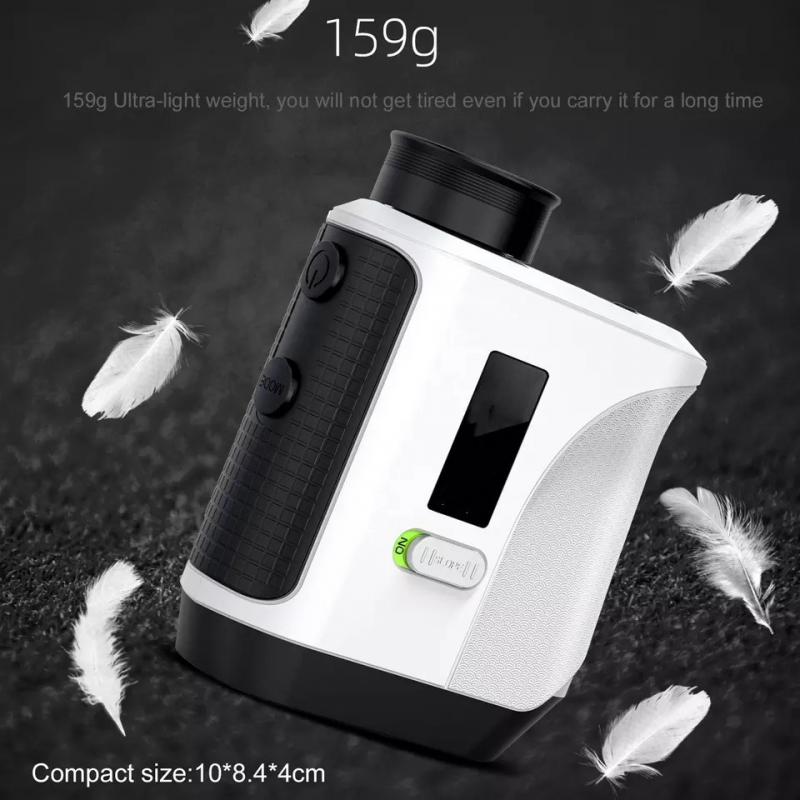







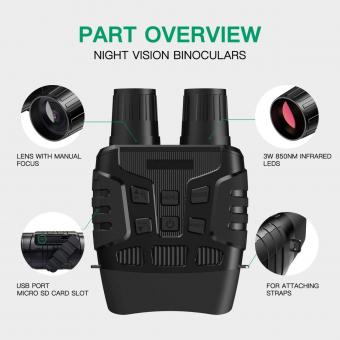


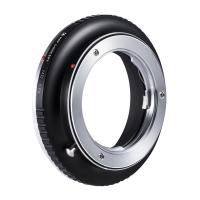
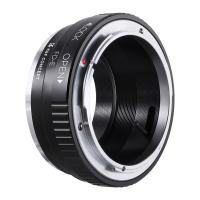

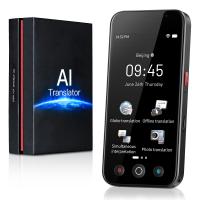
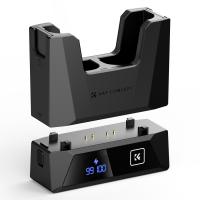
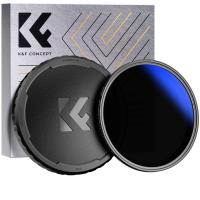
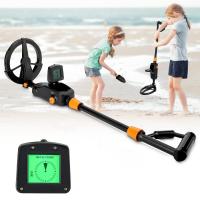



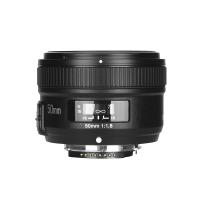
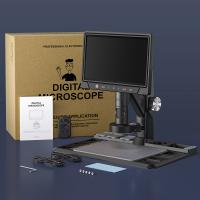
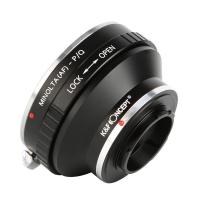





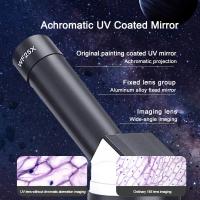

There are no comments for this blog.